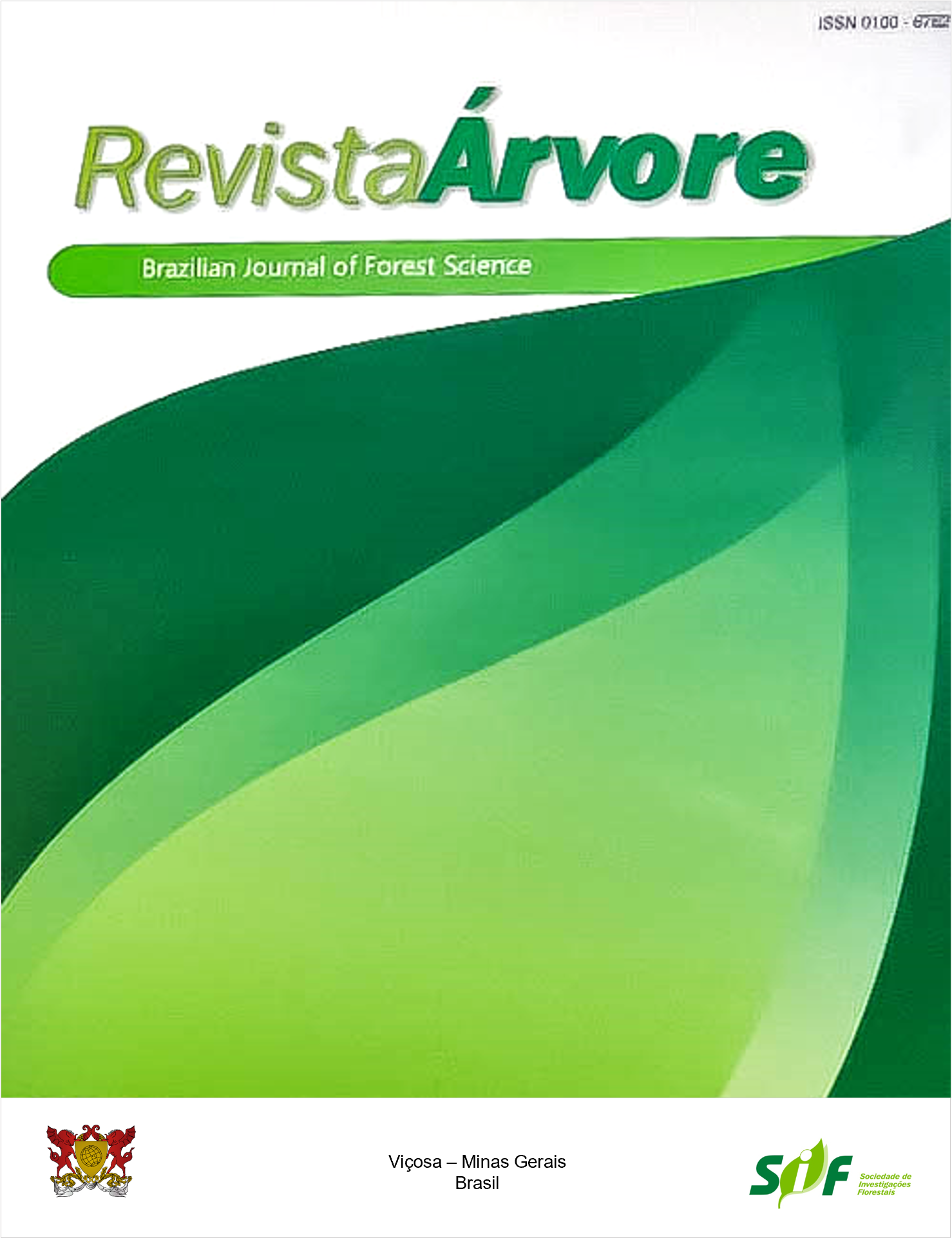SEASONAL VARIATION IN THE OCCURRENCE OF FUNGI ASSOCIATED WITH FOREST SPECIES IN A CERRADO-CAATINGA TRANSITION AREA
Keywords:
Ecotone, Mycodiversity, SeasonalityAbstract
Although ecotone areas occupy a significant extent in Piauí State, there is little information about these areas, especially regarding the presence of microorganisms. Thus, this study evaluated the effect of seasonality on the occurrence of fungal genera associated with forest species in an ecotone Cerrado-Caatinga in Piauí State, Brazil. The experimental area consisted of one-hectare fragment within a legal reserve, where five plots of 20m x 20m were established and the phytosociological survey was carried out. The collection of the material (healthy leaves and leaves with disease symptoms) was performed in two periods: the dry season (June and August/2017) and the rainy season (December/2017 and February/2018), totaling four collections. In the laboratory, isolation and purification of fungi were performed. The fungal identification was based on morphological characteristics and the use of identification keys. The relative abundance of fungi was calculated, and the data were submitted to multivariate cluster analysis. In total, 225 isolates were found, related to 15 fungal genera, associated with 10 forest species. The occurrence of fungi in the area was influenced by seasonal variation, with more isolates found in the dry period, as examples of important groups, whether beneficial or phytopathogenic microorganisms are: Trichoderma spp. and Lasiodiplodia spp. It was also observed that fungi are more likely to occur in forest species like Bauhinia cheilantha and Pityrocarpa moniliformis, belonging to the Fabaceae family.
Keywords: Ecotone; Mycodiversity; Seasonality
Downloads
Published
How to Cite
Issue
Section
License
Copyright (c) 2021 Revista Árvore

This work is licensed under a Creative Commons Attribution 4.0 International License.
All authors agreed to submit the work to Revista Árvore and granted the exclusive license to publish the article. The authors affirm that it is an original work and has not been previously published elsewhere. The scientific content and opinions expressed in the article are the sole responsibility of the authors and reflect their opinions, not necessarily representing the opinions of the editorial board of Revista Árvore or of the Society of Forest Investigations (SIF).




